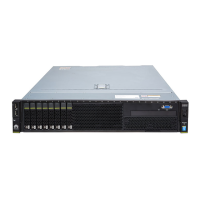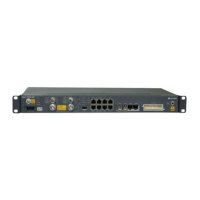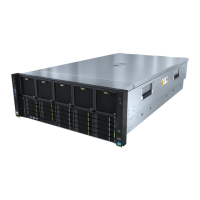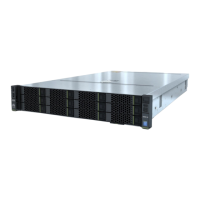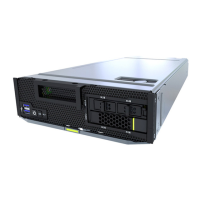Technical Manual
U-SYS MRS6100 Media Resource Server
Chapter 7 Operation and Maintenance
Huawei Technologies Proprietary
7-1
Chapter 7 Operation and Maintenance
7.1 Security Management
The OMS is a multi-user system. To ensure secure and convenient operations with
the system, operators and workstations are assigned with different authorities.
In the system, whether an MML command can be carried out depends on two
conditions: operator authority and workstation authority. When the two conditions
are satisfied, the command can be carried out.
This authority management mode features that a user (even a super-user) cannot
perform all the operations on all the workstations. Usually, workstations are
geographically distributed; therefore, this mechanism can provide centralized
control for important commands based on decentralized management, ensuring
system security without the loss of flexibility.
7.1.1 Command Group
Command group is a basic unit of authority setting. One command may belong to
one or more command groups. When an operator or workstation has the authority
of the command group, he has the authority to carry out all commands contained in
this group at this workstation.
The OMS contains 66 command groups, namely, G_0–G_63, and two special
command groups, G_SYS and G_GUEST. The super user and the user GUEST
respectively own the two special command groups. G_0 to G_9 are ten preset
command groups, and most commands of the system are allocated to them
according to their different functions. Each command group contains a large
number of commands, and all operators belonging to this command group have the
authority to carry out these commands. However, the commands related to
authority and login cannot be allocated to the 64 command groups from G_0 to
G_63, and only the super user of the system has the authority for these commands.
The user with the authority of the G_SYS command group is called super user.
Similarly, the workstation with the authority of the G_SYS command group is called
super-workstation. In the system, there may be multiple super-workstations, but
there must be only one super user. The default name of super user is set during
system installation, and it cannot be modified. The super user can only set his
password. A super-workstation can be set during system installation, or a super
user can set a super-workstation by authorizing a workstation with G_SYS
command group with the Add WS command. This allows super users to control the
whole system on any super-workstation, thus facilitating system management. Only
the super user can perform all operations related to authority management, such as

